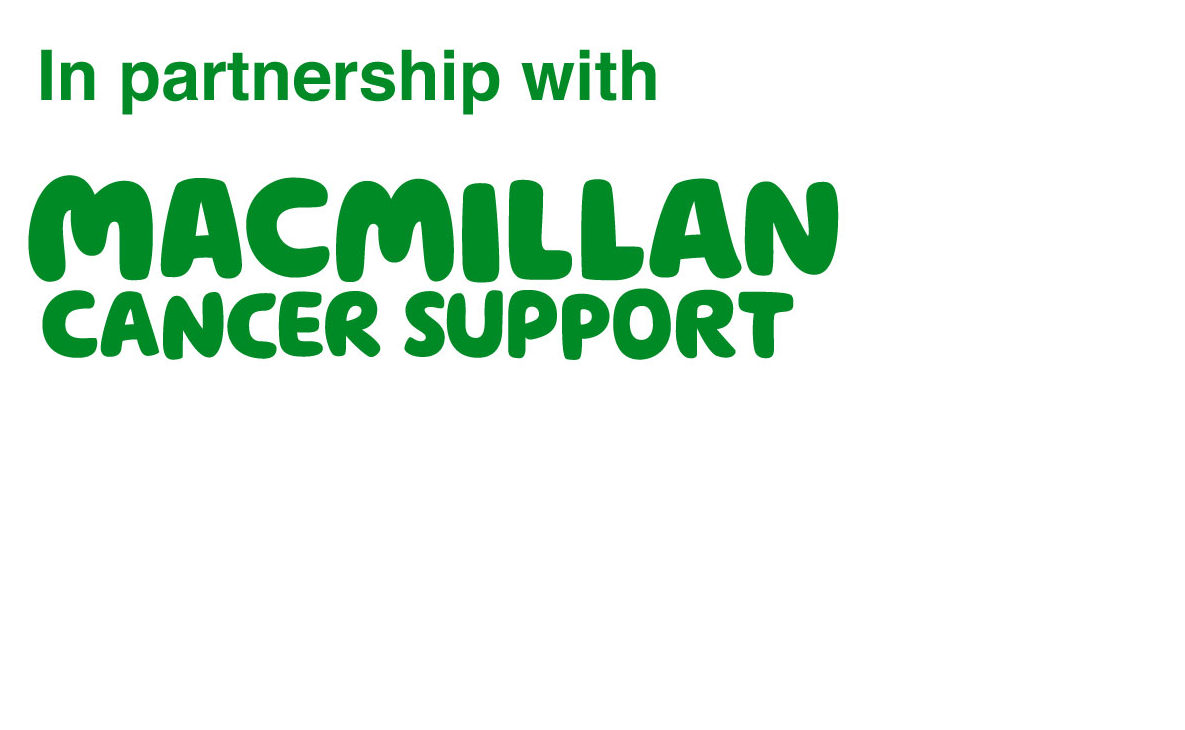Mucositis, stomatitis, oesophagitis
Questions
- Does the patient have any blisters, ulcers or white patches on tongue, lips or mouth?
- Does the patient have any pain or bleeding from the mouth?
- Are they able to eat and/or drink?
- Does eating or swallowing make the pain worse?
- Are they currently using any mouth washes, painkillers or other treatments within the mouth?
- Do they also have diarrhoea?
- Are they passing usual amounts of urine?
- Has the patient undergone peripheral blood stem cell treatment? – If yes, contact haematology
If patient has neutropenic sepsis; treat according to protocol. See neutropenic sepsis guidelines
Grade 1 (Green)
Painless ulcers, erythema or mild soreness, able to eat and drink
Advice
Assess risk of neutropenia as per local guidelines
Mouth care advice: mouthwash, ulcer treatments
Analgesia: avoid antipyretic analgesics if risk of neutropenia
Assess for thrush and arrange for fluconazole if needed
Advise to contact AOS if symptoms persist or worsen
Grade 2 (Amber)
Painful erythema, oedema or ulcers but able to eat and drink
Advice
Assess risk of neutropenia as per local guidelines
Mouth care advice: mouthwash, ulcer treatments
Analgesia: avoid antipyretic analgesics if risk of neutropenia
Assess for thrush and arrange for fluconazole if needed
Advise to contact AOS if symptoms persist or worsen
Grade 3 (Red)
Painful erythema, oedema or ulcers. Difficulty with eating & drinking
Advice
Ensure patient is not neutropenic.
Admit if evidence of:
- Dehydration
- Infection
- Poor oral intake
- Other chemotherapy toxicities
Mouth care advice
Analgesia
Assess for thrush
Grade 4 (Red)
Requires parenteral or enteral support. Unable to eat and drink
Advice
Ensure the patient is not neutropenic.
Admit for:
- Monitoring and on-going assessment
- Parental hydration
- Analgesia
- Mouth care
Handover management with patient’s team, discuss all interruptions of treatment with team +/- AOS prior to proceeding.
Arrange follow up review as necessary.
Initial assessment – patient seen in AOCU
- History of complaint – Include other chemotherapy and radiotherapy toxicities
- Examination of mucous membranes- Check for erythema, ulceration, signs of secondary infection, signs of dehydration
- Assessment of fluid balance status (BP, pulse etc..) and signs of systemic infection
- Check bloods- Renal function, FBC, CRP, lactate. Do blood cultures if any signs of systemic infection
- Swab any suspicious areas of secondary infection
Treatments
Topical treatments – 1st Line
- Salt water rinses – These can be prepared at home using 1 teaspoon of salt in a glass of tepid water and advise to use as a mouth wash – used QDS (can be used every 90 minutes if needed)
- Sodium bicarbonate rinse – 1 teaspoon added to a glass of saline solution or water and used as a mouthwash. Good for halitosis and dry mouth. Used QDS (can be used every 90 minutes if needed), also can be combined with the salt water rinse in one mouthwash
2nd line
- Benzydamine 0.15% oral solution (Difflam): 10ml (mouthwash) Can be repeated every 1 ½ -3 hours. Can cause stinging so dilute 50:50 with water.
- Lidocaine mouthwash
- Caphosol: Mix 1 blue (Caphosol A) and 1 clear ampule (Caphosol B). Use as a mouthwash. Repeat with remaining half and spit out. Use immediately after mixing ampules. Repeat 2–10 times/day or as needed.
- Sucralfate: 5ml used as a mouthwash and then swallowed . The Sucralfate coat may mask mucosal infection, so close monitoring needed.
Avoid Corsodyl or other alcohol-containing mouthwashes
Analgesia
Ensure adequate systemic relief as per WHO pain ladder
- Soluble paracetamol 1g QDS Do not use together
- Soluble co-codamol 30/500 x2 QDS
- Oromorph 2.5-5mg every 4 hours as required – take advice from palliative care team as needed.
Oral secretions/mucus
- 3% hydrogen peroxide mouthwash 20 ml QDS
- Nebulised 0.9% sodium chloride 10ml 1-4 hrly
- Carbocisteine 750mg TDS
Haemorrhagic mucositis
500mg tranexamic acid injection, added to 5ml sterile water and used as a mouthwash, QDS . Do not swallow
Mouth Ulcers
- Bonjela (over the counter) used as needed or Gelclair (prescription only)
Dry mouth and Lips
- Sucking crushed ice or frozen tonic water.
- Saliva replacement – Saliva orthana/Glandosane spray
- Yellow paraffin for dry lips – re-apply liberally and as needed
